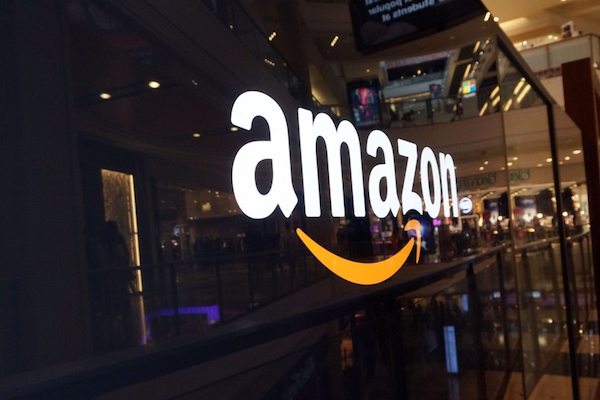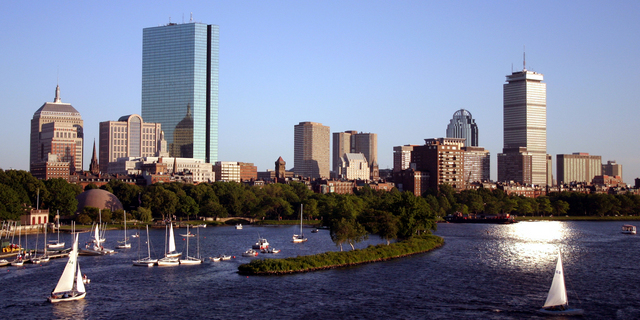
There was a flurry of excitement in Boston’s real estate community last week. Amazon announced its shortlist of 20 communitiesit’s considering for its second North American headquarters, aptly named “HQ2”. Boston had made the cut!
As we’ve noted before, HQ2 would be a tremendous boon for the Greater Boston real estate market. The company plans to build upwards of 8 million square feet and could add upwards of 50,000 jobs to the local economy.
But it’s not just Boston that’s excited. We learned last week that the City of Somerville has also been named a contender for HQ2.
Somerville, a city of 80,000 located just three miles from downtown Boston, actually pitched a regional collaboration to Amazon: instead of focusing on opportunities solely within its (4.1-square mile) borders, the City suggested that Amazon consider a network of opportunities that exist along the MBTA. Somerville pitched multiple sites, including:
- Four sites on the Orange Line totaling 8.3 million square feet of immediate or near-term construction capacity (ranging from North Station in Boston to Assembly Row in Somerville).
- Three sites on the Green Line totaling 8.0 million square feet of immediate or near-term construction capacity (ranging from North Station in Boston, through Science Park, Lechmere and Cambridge Commons in Cambridge, and ending at Union Square in Somerville).
- Various sites along the Silver Line Extension through Chelsea and Everett, with the potential for up to 2.1 million square feet of development in the future.
These sites are strategically located within the “Brain Power Triangle,” the city says, an area bounded by world-class research universities like Harvard, Tufts and MIT. The sites are all connected via public transit and interstate highways. By weaving a string of campuses through this transit network, Amazon would have paralleled access to a talented workforce, academic institutions big and small, and the business incubators, economic and cultural institutions that continue to drive the local economy.
A regional approach—here in Massachusetts? It was just a few years ago that former Boston Mayor Tom Menino expressed outrage that Partners Healthcare decided to build its headquarters in Somerville instead of Boston.
It appears the tide could be turning, at least, in the City of Somerville’s eyes.
“Geographically and economically we are one region,” wrote Somerville Mayor Joe Curtatone in his cover letter to Amazon. “We are all so closely co-located that, if this were New York, we would be boroughs of the same city. We have a strong regional partnership and a history of cooperation. We know how to work regionally and we know what it takes to make it work smoothly. The Amazon on the T concept is one of inclusivity: it recognizes that invention and creation do not stop within the boundaries of a district or neighborhood; just as sense of place can easily flow across municipalities.”
Now, to be sure, the City of Boston has still made its own pitch to Amazon, one that does not suggest a regional approach. Instead, the City of Boston has highlighted opportunities solely within its boundaries – specifically, the opportunity to locate at a single campus at Suffolk Downs.
Thankfully, we have a forward-thinking Governor in Charlie Baker who is committed to landing HQ2 regardless of who emerges as the front-runner. “The next step here obviously is going to be up to Amazon,” Governor Baker said, indicating that there’s still a lot we need to learn about Amazon’s preferences and needs before honing in on a specific site.
Somerville’s economic development director, Tom Galligani, echoed that sentiment.
“We don’t really know what they’re most interest in, what sites really get them excited,” said Galligani. “Perhaps they don’t know yet.”
Nonetheless, the fact that Somerville remains a contender for HQ2 is certainly reason to celebrate. It highlights the strength of the local economy, workforce diversity, and overall livability. Even if Amazon does not decide to put down roots in Somerville, other companies will. And when they do, their employees will need somewhere to live.
Somerville’s real estate market is already on the rise, and we suspect it will continue to be for the foreseeable future. The federal government recently authorized $1 billion in funds to support the Green Line Extension, a hurdle that needed to be overcome for construction to move forward. The first $100 million went out the door in December. Once the GLX is complete, 85% of Somerville residents will be within a quarter-mile walking distance to an MBTA station. If you haven’t considered Somerville as a place to live or invest in just yet, it might be time. The sky’s the limit from here!



